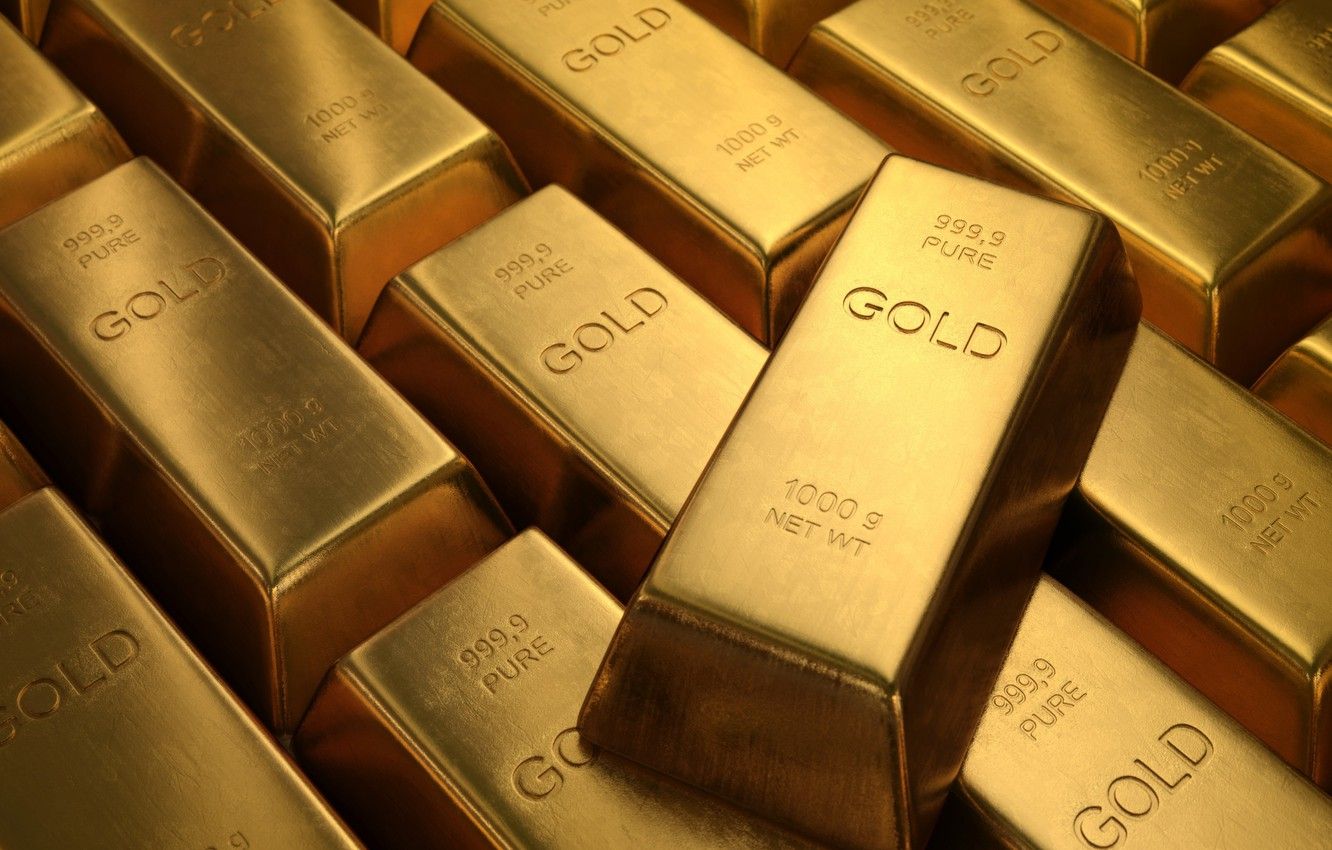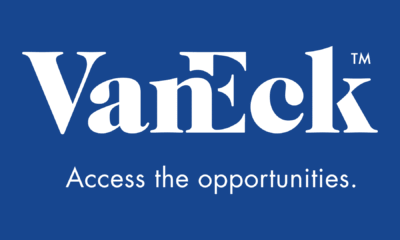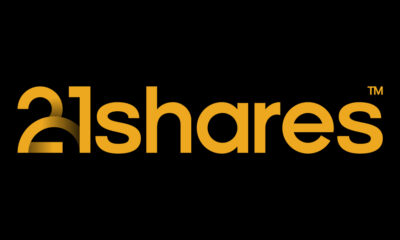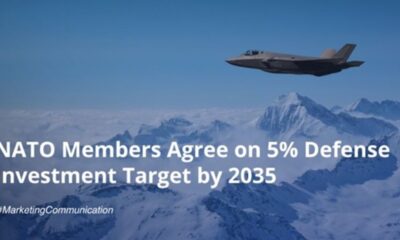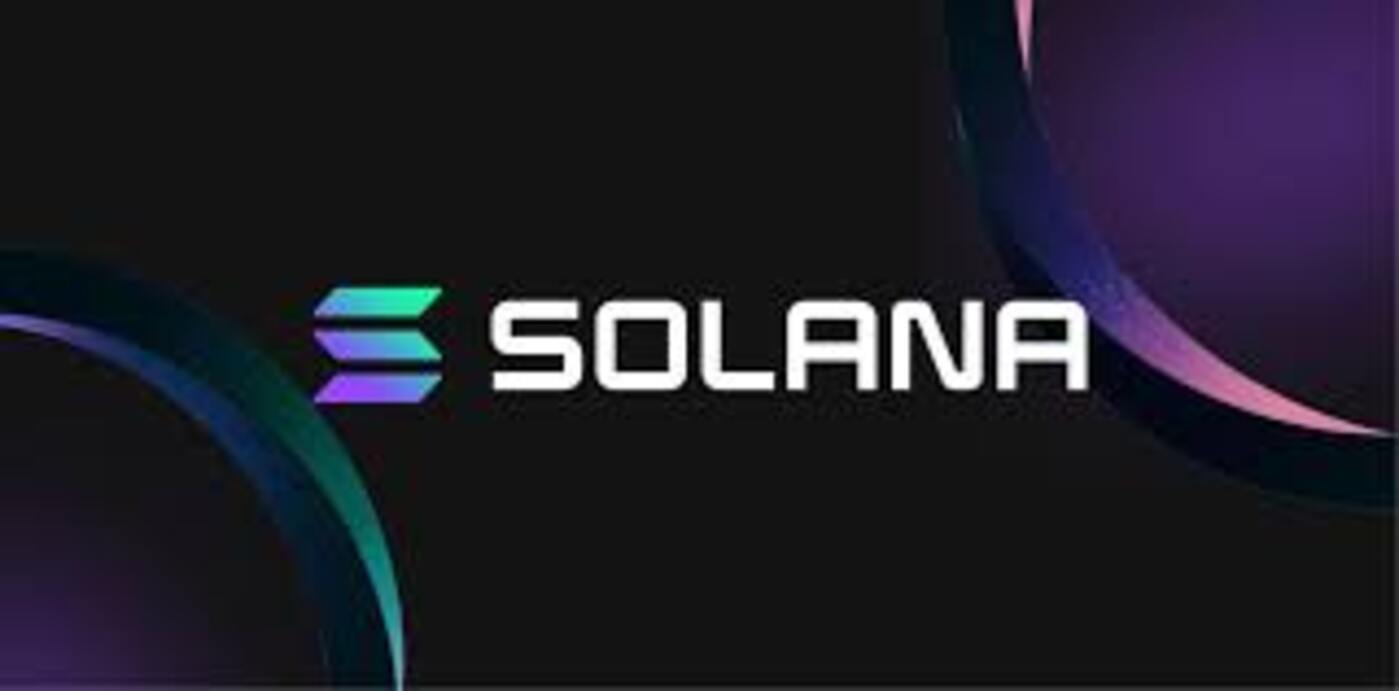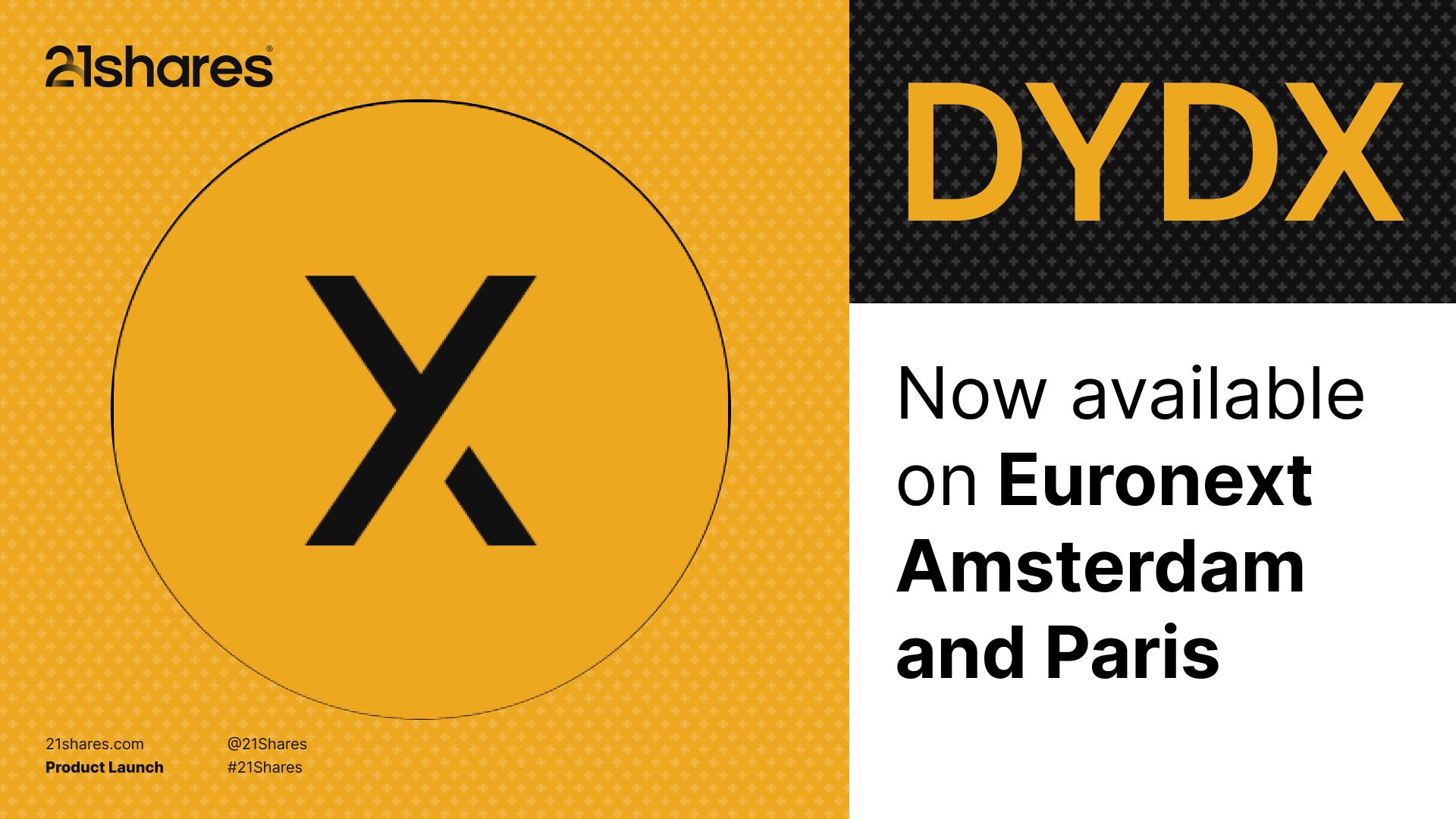Market Review – Gold Bull Market Loses Some Shine, But Remains HealthyGold Consolidates Amid Late Summer Doldrums
Gold Market Commentary September 2016
Market Review
Gold was range-bound in September, moving in the $1,300 to $1,350 per ounce range. Economic news from the U.S. was generally weak and central bank announcements were supportive of gold. The Federal Reserve (the “Fed”) kept rates on hold and downgraded its median GDP growth projection for 2016 to 1.8% from 2.0%. The Bank of Japan (BOJ) acknowledged that negative rates and quantitative easing are not working as well as planned, so it decided to experiment further with unconventional monetary policies. The BOJ is now targeting the yield curve and attempting to keep 10-year Japanese Government Bonds (JGBs) sufficiently above shorter term negative-yielding maturities. This initiative is aimed at aiding banks, pension funds, and insurance companies who are having difficulty making ends meet in this low/ negative rate environment the BOJ and other central banks have engineered. We believe that these ongoing attempts to manipulate markets will lead to unintended consequences that raise systemic risk.
Gold bullion ended the month at $1,315.75 per ounce for a 0.5% gain while gold stocks experienced more positive returns. The NYSE Arca Gold Miners Index (GDMNTR)1 posted a 3.8% gain while the MVIS™ Junior Gold Miners Index (MVGDXJTR)2 advanced 5.8%.
Market Outlook
Gold had been consolidating in a narrow $1,300 to $1,350 per ounce range since hitting its post-Brexit highs in July. As we write in early October, markets are again pricing in a higher likelihood of a Fed rate increase in December based on comments made by Fed members following its September meeting. This, in turn, is lending strength to the U.S. dollar.
As a result, gold has fallen below $1,300 per ounce and broken below the longer term trend line that had been established this year. This leads us to be less aggressive in our gold price expectations for 2016. It looks like the current consolidation could persist through October, dependent on any economic news that develops. However, this price action changes virtually nothing in our positive long-term outlook for gold. Price weakness is likely to spur seasonal demand out of India and Asia. We continue to believe that a Fed rate increase would ultimately be seen as another misstep that puts global growth at risk. In addition, the U.S. presidential election, implementation of Brexit, and further loss of confidence in central bank policies should support gold through 2017 and beyond.
Each year in mid-September, top managements of gold companies converge on Colorado for the Precious Metals Summit and the Denver Gold Forum. Based on our 41 meetings, eight presentations, and numerous dinners, gatherings, and interactions with industry contacts, we came away with a more refined outlook for the gold mining sector. Here are some important takeaways:
1) Costs savings continue, margins expanding – We questioned whether the cost cycle had run its course after all-in sustaining (mining) costs fell from roughly $1,200/oz in 2012 to $900/oz in 2016. We were surprised to hear companies anticipate continued savings in mining practices, technology implementation, procurement (the act of finding, acquiring, buying goods, services or works from an external source) and contractor costs. We now believe industry costs can trend towards $800/oz through 2018.
2) Companies focused on organic opportunities – Low gold prices forced companies to look inward at existing operations and projects. Success with brownfields exploration (modification or upgrades based on a prior project) have led to expansions or extended mine lives. Revised planning has enabled development projects to require less capital with higher rates of return and phased expansions.
3) Heavy M&A cycle not likely until late 2017/2018 – With more organic opportunities, there is not as much pressure to make acquisitions in the near-term. That said, corporate development teams were quite active, suggesting some companies are preparing to pull the acquisition trigger at some point to replace future production declines.
4) Dividend increases to be limited in 2017 – We had hoped to hear of strong dividend growth in 2017, however, we now believe any increases will be limited due to capital allocations to existing property developments and in some cases to further help pay down debt.
5) Ongoing industry themes – An emphasis on free cash flow over production growth, flat management structure, mine management focused on Net Asset Value (NAV) growth, use of double digit hurdle rates at conservative gold prices on new projects, partnering with juniors for exposure to greenfields (a property or project where no previous work has been conducted).
One of the dominant financial trends of the past decade is a move by investors out of actively managed funds and into passively managed index funds or exchange traded funds (ETFs). The latest example is the Illinois State Pension Board, which according to The Wall Street Journal, decided to jettison active mutual fund managers altogether, leaving only passively managed choices for its state workers. The reasons cited for the move into ETFs included lower fees and potentially better performance as many active managers fail to outperform their passive peers. We have witnessed this recent preference for ETFs here at VanEck.
Although gold has experienced some consolidation recently, we still maintain our positive outlook for gold and believe that investors would be wise to consider their exposure to gold stocks, either passively or actively, as these equities typically outperform gold bullion in a rising market and underperform when gold falls.
by Joe Foster, Portfolio Manager and Strategist
With more than 30 years of gold industry experience, Foster began his gold career as a boots on the ground geologist, evaluating mining exploration and development projects. Foster is Portfolio Manager and Strategist for the Gold and Precious Metals strategy.
1In the U.S., the federal funds rate is “the interest rate” at which depository institutions actively trade balances held at the Federal Reserve, called federal funds, with each other, usually overnight, on an uncollateralized basis. Institutions with surplus balances in their accounts lend those balances to institutions in need of larger balances. 2The correlation coefficient is a measure that determines the degree to which two variables’ movements are associated and will vary from -1.0 to 1.0. -1.0 indicates perfect negative correlation, and 1.0 indicates perfect positive correlation. 3U.S. Dollar Index (DXY) indicates the general international value of the U.S. dollar. The DXY does this by averaging the exchange rates between the U.S. dollar and six major world currencies: Euro, Japanese yen, Pound sterling, Canadian dollar, Swedish kroner, and Swiss franc. 4The ISM Manufacturing Index is an index based on surveys of more than 300 manufacturing firms by the Institute of Supply Management. The ISM Manufacturing Index monitors employment, production inventories, new orders and supplier deliveries. 5A survey of consumer confidence conducted by the University of Michigan. The Michigan Consumer Sentiment Index (MCSI) uses telephone surveys to gather information on consumer expectations regarding the overall economy. 6The U.S. consumer confidence index (CCI) is an indicator designed to measure consumer confidence, which is defined as the degree of optimism on the state of the economy that consumers are expressing through their activities of savings and spending. 7NYSE Arca Gold Miners Index (GDMNTR) is a modified market capitalization-weighted index comprised of publicly traded companies involved primarily in the mining for gold. 8MVIS Global Junior Gold Miners Index (MVGDXJTR) is a rules-based, modified market capitalization-weighted, float-adjusted index comprised of a global universe of publicly traded small-and medium-capitalization companies that generate at least 50% of their revenues from gold and/or silver mining, hold real property that has the potential to produce at least 50% of the company’s revenue from gold or silver mining when developed, or primarily invest in gold or silver.
Please note that the information herein represents the opinion of the author and these opinions may change at any time and from time to time.
Important Information For Foreign Investors
This document does not constitute an offering or invitation to invest or acquire financial instruments. The use of this material is for general information purposes.
Please note that Van Eck Securities Corporation offers actively managed and passively managed investment products that invest in the asset class(es) included in this material. Gold investments can be significantly affected by international economic, monetary and political developments. Gold equities may decline in value due to developments specific to the gold industry, and are subject to interest rate risk and market risk. Investments in foreign securities involve risks related to adverse political and economic developments unique to a country or a region, currency fluctuations or controls, and the possibility of arbitrary action by foreign governments, including the takeover of property without adequate compensation or imposition of prohibitive taxation.

 Nyheter2 veckor sedan
Nyheter2 veckor sedan
 Nyheter3 veckor sedan
Nyheter3 veckor sedan
 Nyheter3 veckor sedan
Nyheter3 veckor sedan
 Nyheter3 veckor sedan
Nyheter3 veckor sedan
 Nyheter2 veckor sedan
Nyheter2 veckor sedan
 Nyheter3 veckor sedan
Nyheter3 veckor sedan
 Nyheter2 veckor sedan
Nyheter2 veckor sedan
 Nyheter3 veckor sedan
Nyheter3 veckor sedan
